Bob Griffiths started as an intern at the Metropolitan Washington Council of Governments (COG) in early 1974. His first assignments included collecting data on commercial office development and helping with early-morning traffic counts. He retired from COG on June 17, 2016, as a senior director within the department of transportation planning. In that role he oversaw the development of regional transportation plans and programs and the analysis of a broad range of regional growth and transportation trends.
Over the course of Bob’s four-decade rise from intern to senior director, he continually found innovative ways to gather and share valuable data with regional decision-makers. He has also helped COG stay on the leading edge of technological advances. In so doing, he played a key role in bolstering the reputations of COG and the National Capital Region Transportation Planning Board (TPB) as leading organizations on regional trends and information.
In his 40-plus years at COG, Bob wore many hats
Bob’s rise from intern to senior director was a steady one that led him to play many different roles. Those changing roles are what Bob says have made his time at COG so rewarding—the opportunity to learn and grow over time, to try new things, and find new ways of serving the organization and the region.
Survey and data guru. Most people today know Bob best as COG’s survey and data guru. Over the years, Bob led dozens of major surveys, developing the technical methods, survey instruments, and information systems to gather and analyze data on metropolitan growth and travel patterns.
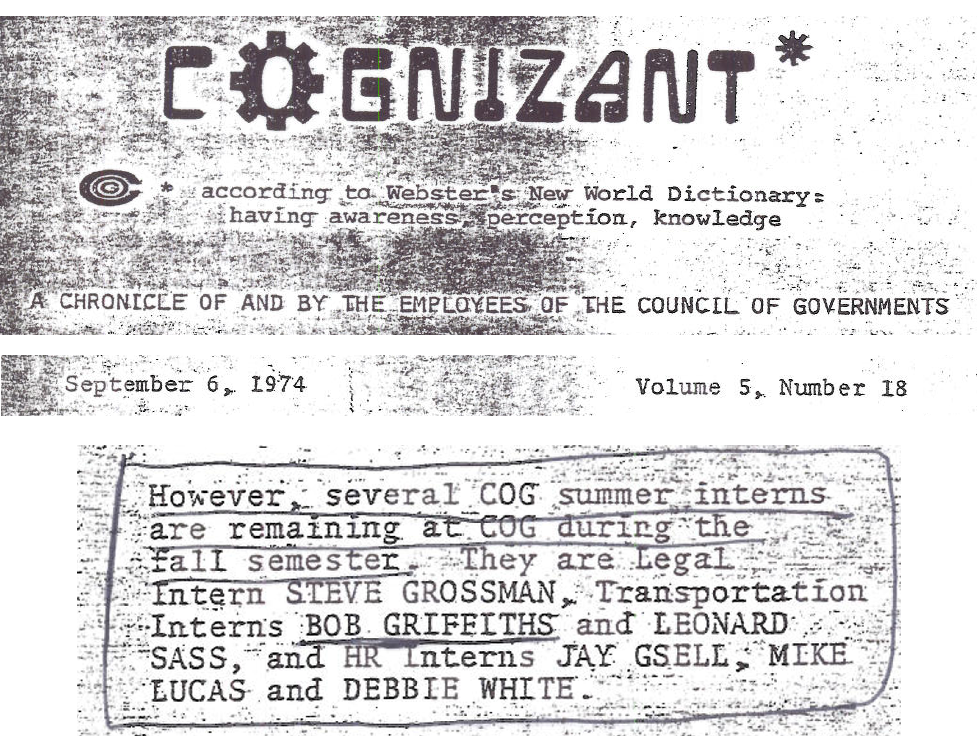
The first big survey Bob directed was the TPB’s first regional air passenger survey in 1981. The survey gathers data from more than 25,000 local air passengers to learn about their choice of airport, how they got to the airport, and more. The TPB still conducts the survey every few years, largely following the methods that Bob established 35 years ago.
Bob also led two of the TPB’s regional household travel surveys—one in 1994, and the other in 2007—and has laid the groundwork for the next one, planned for 2017. The large-scale surveys, which take place about every 10 years, ask respondents across the region to complete travel diaries detailing the characteristics of every trip they make in a given week. Before leading the 1994 survey, Bob also played a key role in the 1988 survey, which used telephone-assisted survey techniques for the first time. Following the 2007 survey, Bob directed a series of geographically focused surveys to study variations in travel patterns resulting from different development patterns and the availability of different travel options.
In addition to these major surveys, Bob developed and led regional rail and bus passenger, employment, and industry and occupation surveys, and he has led extensive analyses of US Census data, shedding further light on the region’s changing population and travel patterns.
Keeper of computer and information systems. Bob also spent more than a decade as the keeper of COG’s computer and information systems. From 1983 to 1994, he headed COG’s Computer Center, which hosted the TPB’s travel demand model and the RideFinders carpool-matching database.
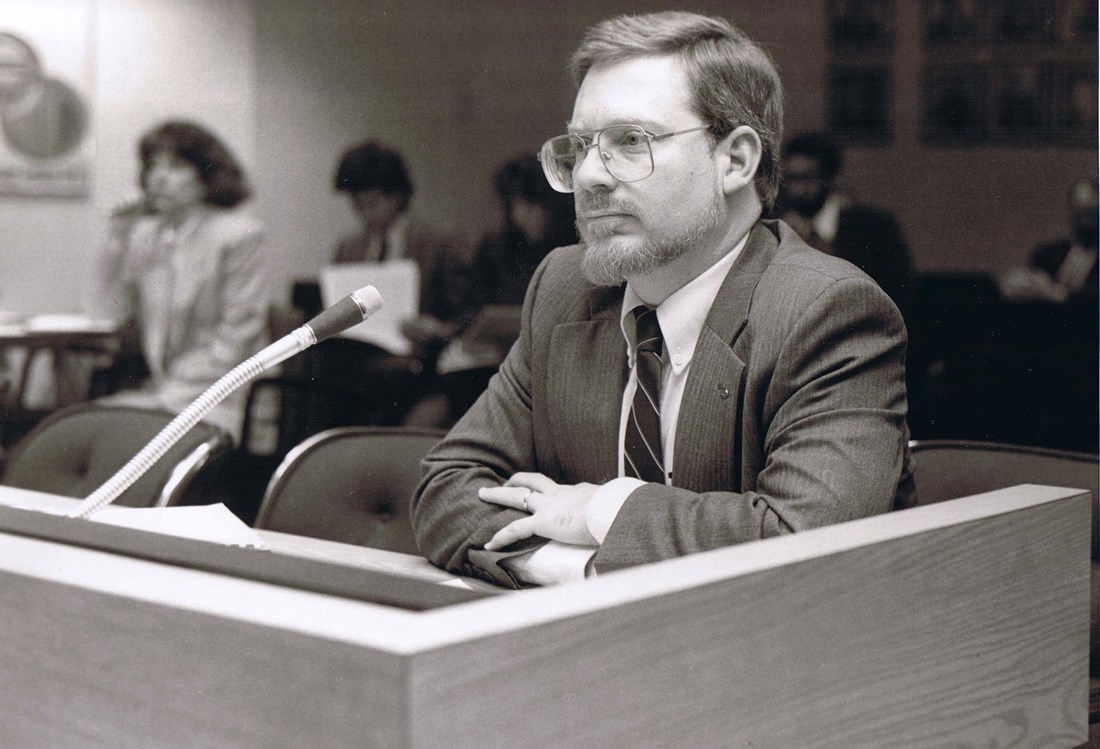
In the mid-1980s, amid major federal budget cuts and a need to reduce costs, Bob saw an opportunity to transform the computer center into a revenue-generating enterprise rather than the other way around. Bob says he went into “full entrepreneurial mode” to retool the computer center, migrating the existing system to a lower-cost mainframe platform. Not only was the newer system less costly to operate, it also enabled COG to perform computing services for more than 30 local governments and affiliated non-profits that would then pay COG for use of the system. The change made the computer center profitable, helped COG weather one of the most significant budgetary challenges in its history, and became one of Bob’s most well-known achievements.
Another one of Bob’s major computer and technology achievements was bringing COG its first Geographic Information System (GIS) in the early 1990s. The move took a lot of work to convince the state departments of transportation, which are the chief funders of COG’s Transportation Planning Board. But today, thanks to Bob’s efforts, COG and the TPB host a powerful GIS operation and use it to perform all sorts of regional analyses and generate useful data visualizations.
Transportation and land-use expert. Over the years Bob also grew into the role of transportation and land-use expert. That evolution got started in the late 1970s when Bob was tapped to be the chief staff assistant on a before-and-after study of the new Metro system. Bob describes the early project as a “real learning experience,” exposing him not only to voluminous amounts of regional data but also helping to show the important interplay between transportation and land-use.
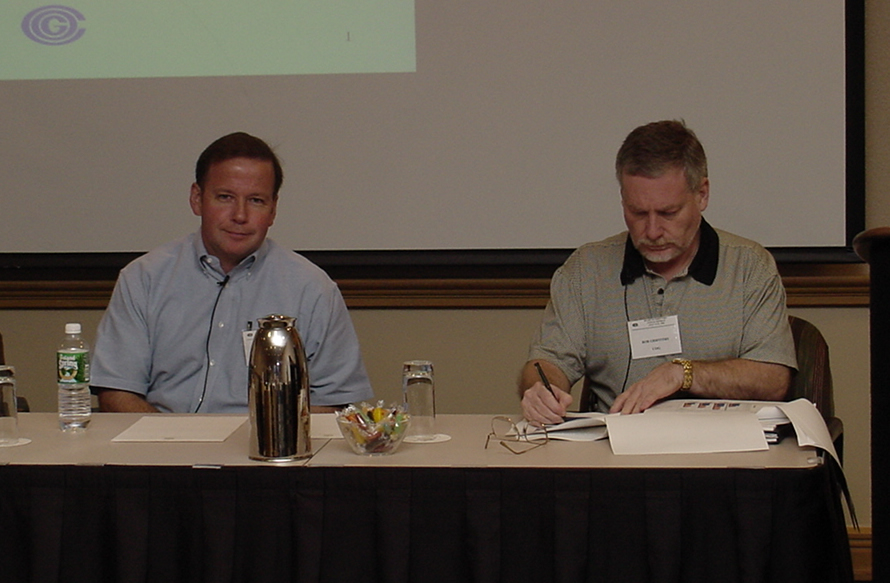
Around that same time, Bob was also instrumental in helping to establish COG’s Cooperative Forecasting program, which is responsible for producing regional population and job growth forecasts used by COG, the TPB, and many others throughout the region to plan future investments. Bob’s technical expertise and understanding of metropolitan growth was critical in developing and refining the technical underpinnings of the forecasting process, which COG still uses today.
Later, Bob helped convene the region’s first-ever conference on growth and transportation, and, in the early 1990s, led COG’s first-ever study of regional transportation and land-use scenarios. Bob describes the early scenario work as a huge achievement, as it took a great deal of convincing for local governments to get on board with the idea of studying alternative development trajectories for their jurisdictions. But the study was successful, and led to another similar study in the mid-2000s, which Bob also directed.
Beyond the growth forecasts and scenario work, Bob also helped evaluate land use and transit alternatives as part of the study to reconstruct the Woodrow Wilson Bridge and was a member of an expert panel evaluating the potential land-use impacts of constructing the Inter-County Connector (ICC) in Maryland. More recently, Bob served as project director of a COG effort to identify promising regional greenhouse gas reduction strategies, bringing together technical experts from the transportation, land-use, and energy sectors to analyze potential strategies.
Bob has also been a pillar of the COG family
Bob’s contributions to COG have not all been technical. In many ways, Bob became a pillar of the COG family, too. Having been at COG for a majority of its nearly 60-year history, he played a key role in grounding the organization in its past, reminding his colleagues where we’ve been as an organization and why we do things the way we do. But he also eagerly encouraged us to look to the future, realizing that it was that same forward-thinking spirit that had led him and COG both to achieve great things in the past.
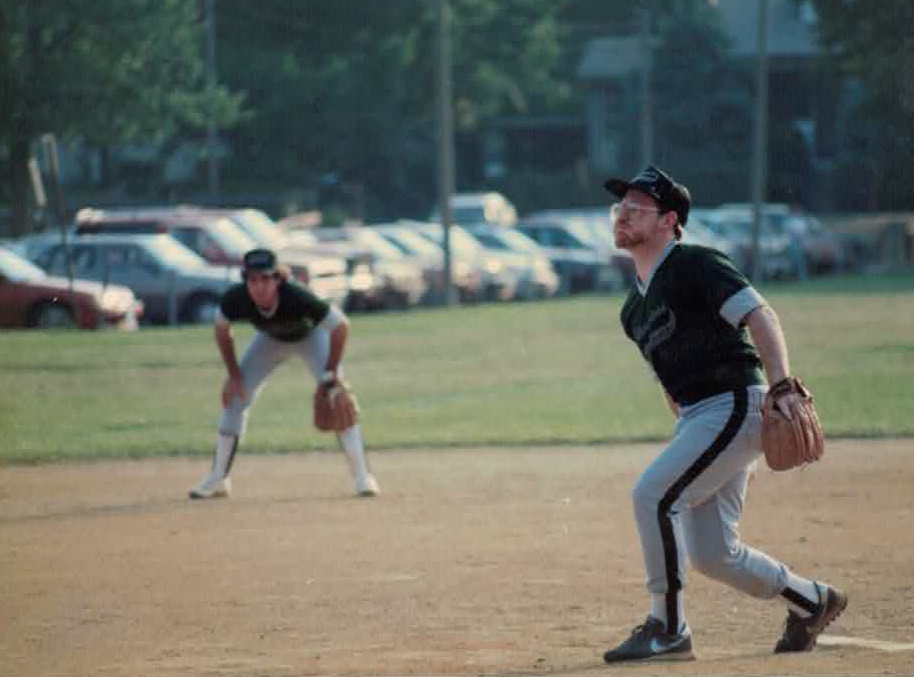
And Bob was a key figure at COG’s many social events, like annual holiday parties and summertime staff picnics and lunch cruises. He was a star player on COG’s recreation-league softball teams in the 1980s and 1990s, helping to bring staff together outside the office and generate the kind of comraderie that has long made COG a satisfying and collegial place to work.
Not too long ago, Bob made his single biggest contribution to the COG family when he and Jerry Miller stepped up to lead the transportation planning department following the untimely death of Ron Kirby. In that role, Bob provided the calm reassurance staff and stakeholders needed to carry on their work in the wake of such tragedy. He also brought the technical expertise to keep several of the TPB’s major studies and planning efforts moving forward in Ron’s absence.
What’s next for Bob
Bob’s last day in the office was Friday, June 17, 2016. Soon after, he will be heading to the Pacific Northwest to explore the vineyards and wines of the Willamette and Columbia River valleys. He also has plans to spend time with family in the Shenandoah Valley and at the Delaware beaches, and, later this year, is planning an African safari. Bob will advise COG from time to time after his retirement, mainly on the TPB’s next regional Household Travel Survey, which will get underway later this year.
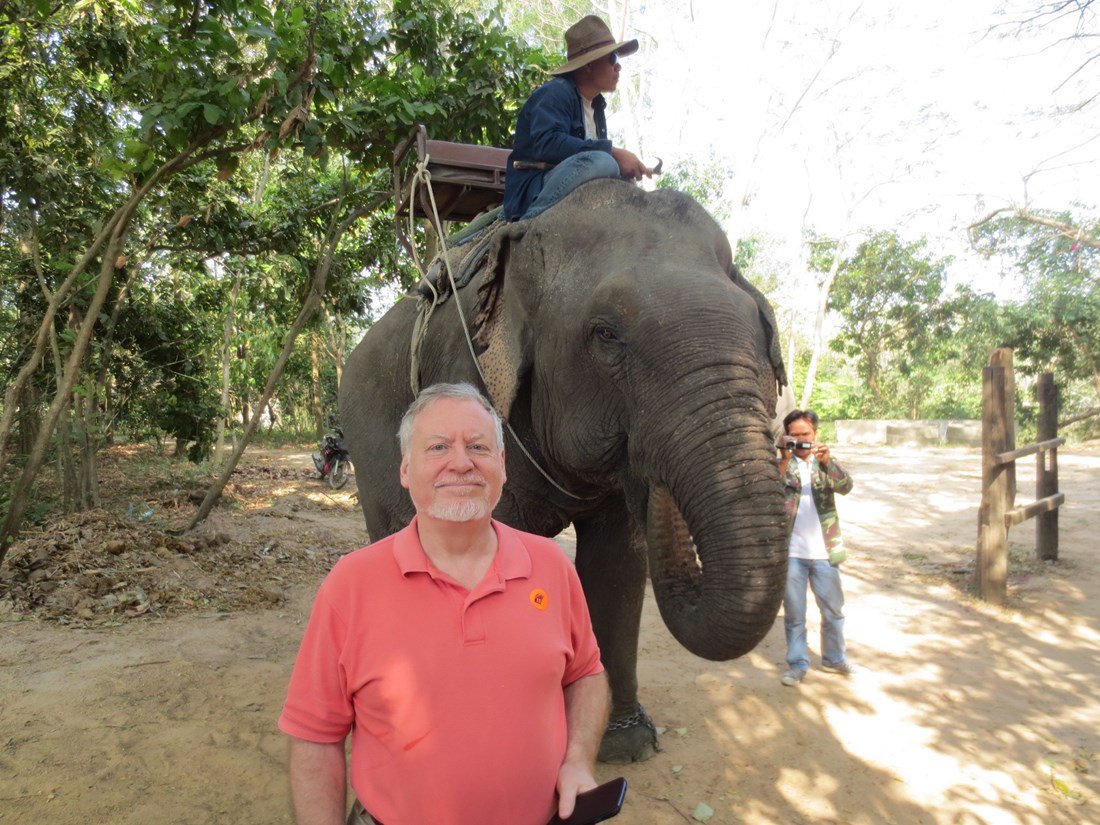
Often when someone retires or leaves a job, we say that they are closing one chapter of their life and opening a new one. In Bob’s case, though, we must say that he is putting the finishing touches on an entire volume—a career that has spanned four decades and evolved in ways that have made it so much more than just a single chapter. Bob, for everything you have done for COG and the TPB in your various roles over the years, and for everything you have brought to the COG family, we thank you dearly and wish you the very best in retirement.